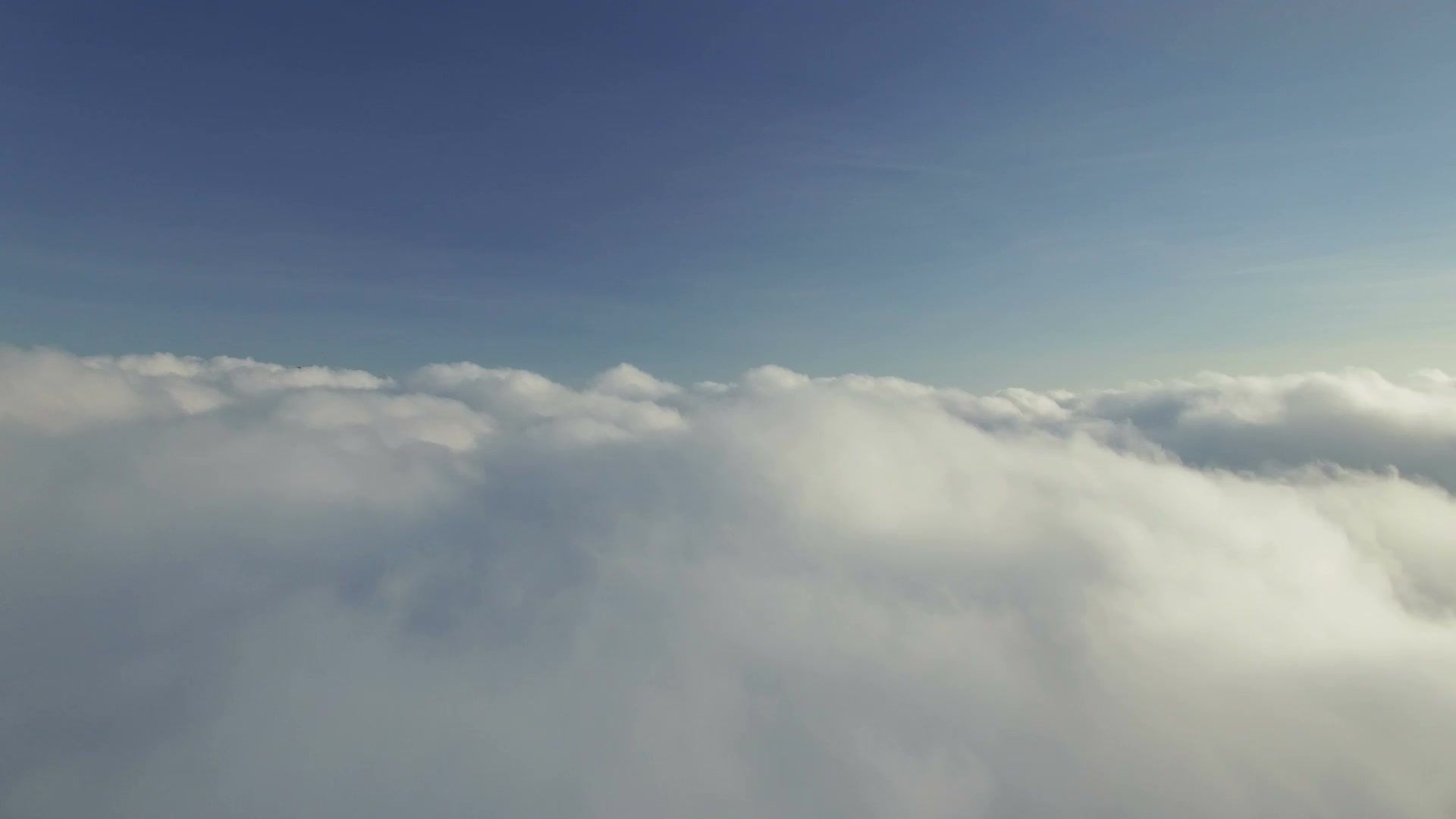
Interface
-
Categorization:
-
Our project will be strictly categorized into various sections: historical stories, media reports, interactive maps, about page, more resources, etc. with clear instructions of how to interact and navigate through the entire project.
-
-
Accessibility:
-
Our goal, and one of the most significant aims of the digital humanities project, is to provide a more accessible and equally represented safe space of resource collections for people to extract information from.
-
Therefore, we will follow the suggestions proposed by George H. Williams “Disability, Universal Design, and the Digital Humanities” to construct an “universal design” that provides accessibility to people with disabilities. In this case, we want to achieve this goal of “reciprocal benefits” to people with diverse backgrounds and lives experiences.
-